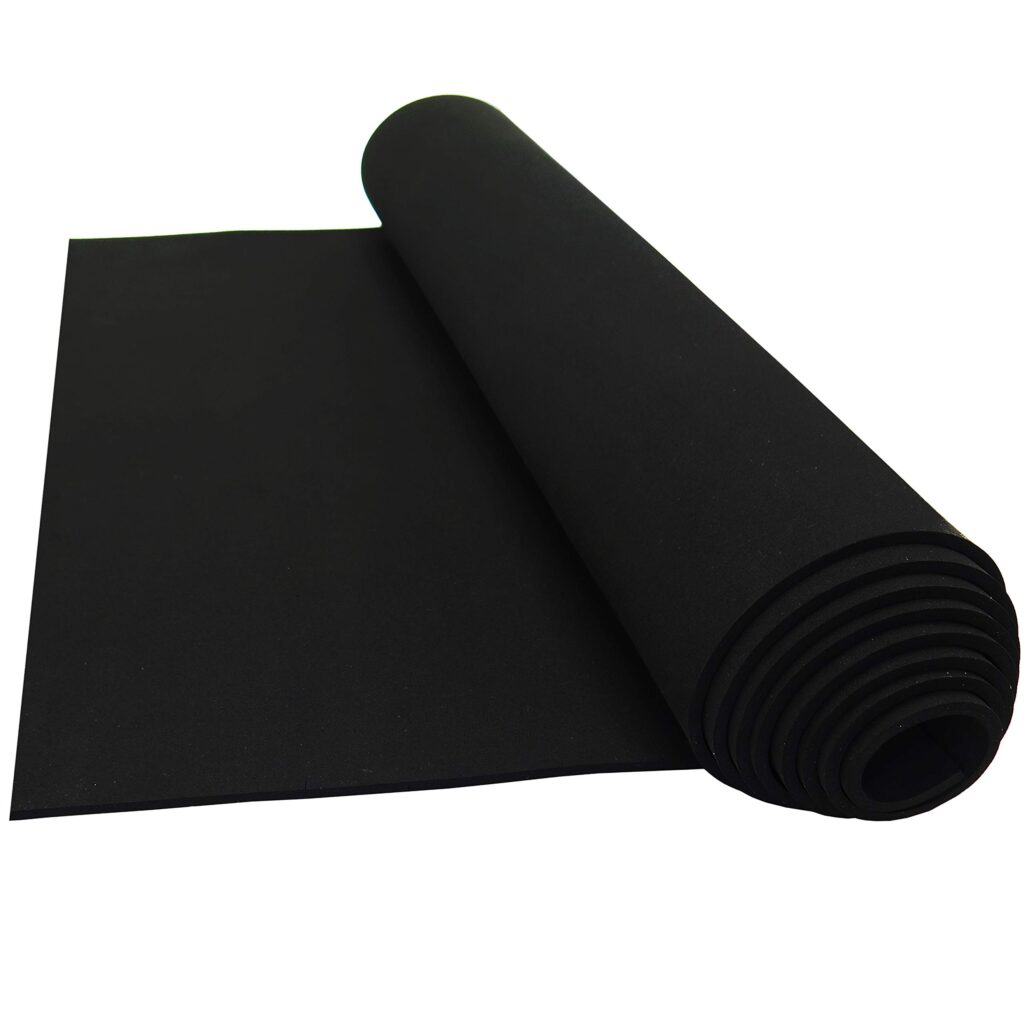Foam rubber is a versatile material widely popular in countless applications. From cushioning materials to acoustic insulation, foam is highly prized for its unique properties. Meanwhile, foam sealing tape is a great solution for sealing gaps, preventing moisture, and controlling airflow. If you’re interested in learning about foam rubber and foam sealing tape, then you’re at the right place. In this article, we’ll discuss everything you need to know about these materials.

Foam Rubber
Foam rubber is a type of polyurethane foam that’s produced by reacting a polyol and diisocyanate. These two chemical compounds react forming a gas, which expands the resulting polymer. This expansion process is what produces the cellular structure that gives foam rubber its characteristic softness and elasticity. In terms of applications, foam rubber is commonly used in cushioning, sound attenuation, vibration isolation, and shock absorption. Foam rubber can be easily customized in varying densities, colours, and thicknesses depending on the specific application.
Foam Sealing Tape
Foam sealing tape is an adhesive strip that comes with a foam backing. The foam backing is made of a closed-cell polyethylene foam that is air-tight and water-resistant. Foam sealing tape is designed to seal gaps, cracks, and joints in a variety of surfaces. It is used to control air flow, resist moisture, and block dust from entering. It is commonly used in construction, automotive and marine industries but can also be used in household applications. Foam sealing tapes are available in different thicknesses, widths, and lengths, and they can be applied easily using a few tools.
Benefits of Foam Rubber
Foam rubber offers a wide range of benefits. Firstly, it’s durable and can withstand repeated compressions and stretches making it useful in applications that require shock absorption. Secondly, it’s incredibly versatile, offering varying densities, colours, and thicknesses that can be tailored to specific projects. Thirdly, it’s resistant to moisture, mildew, and mould, making it ideal for outdoor applications. Furthermore, foam rubber is lighter, less expensive, and easier to work with than other materials.
Benefits of Foam Sealing Tape
Foam sealing tape also has numerous benefits. First and foremost, it is user-friendly and easy to apply using only basic tools, meaning that DIY enthusiasts can quickly cut and install the tape. Secondly, it’s an excellent insulator, preventing energy loss, and air leaks, therefore increasing energy efficiency. Thirdly, foam sealing tape can be used in multiple surfaces ranging from roofs to walls to windows, making it versatile. Lastly, foam sealing tape reduces noise pollution.
Differences between Foam Rubber and Foam Sealing Tape
Although both foam rubber and foam sealing tape share similarities such as being foam-based, they are also quite different. Foam rubber is a bulkier material, whereas foam sealing tape is an adhesive strip. Foam rubber is used in larger applications such as shock absorption and cushioning, while foam sealing tape is mainly used for sealing gaps and cracks. Foam rubber comes in various densities and thicknesses, while foam sealing tape only comes in predetermined sizes.
Conclusion:
Foam rubber and foam sealing tape are fantastic materials that have a wide range of applications. Foam rubber is used mainly for cushioning, sound attenuation, vibration isolation, and shock absorption, while foam sealing tape is used for sealing gaps, preventing moisture, and controlling airflow. They both have unique properties and can be used in various settings, ranging from construction to DIY projects.
